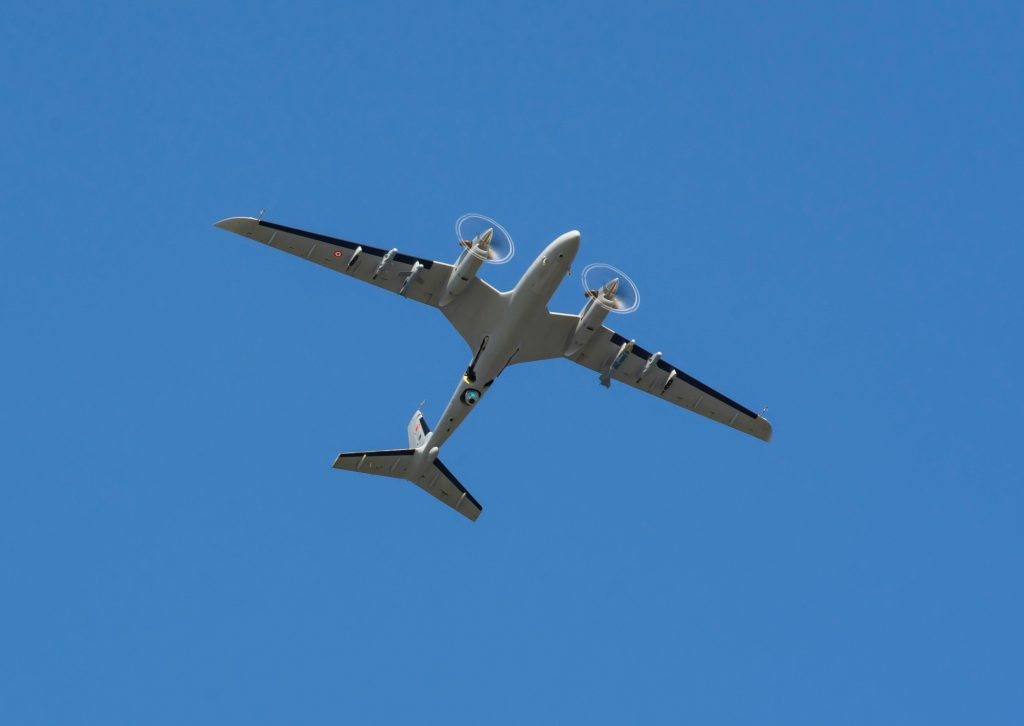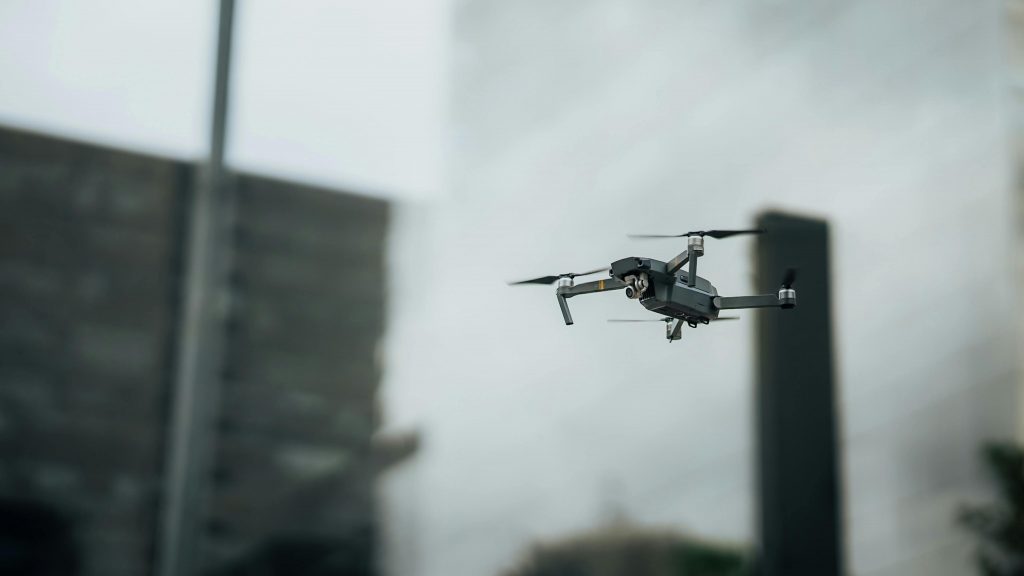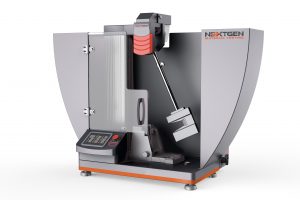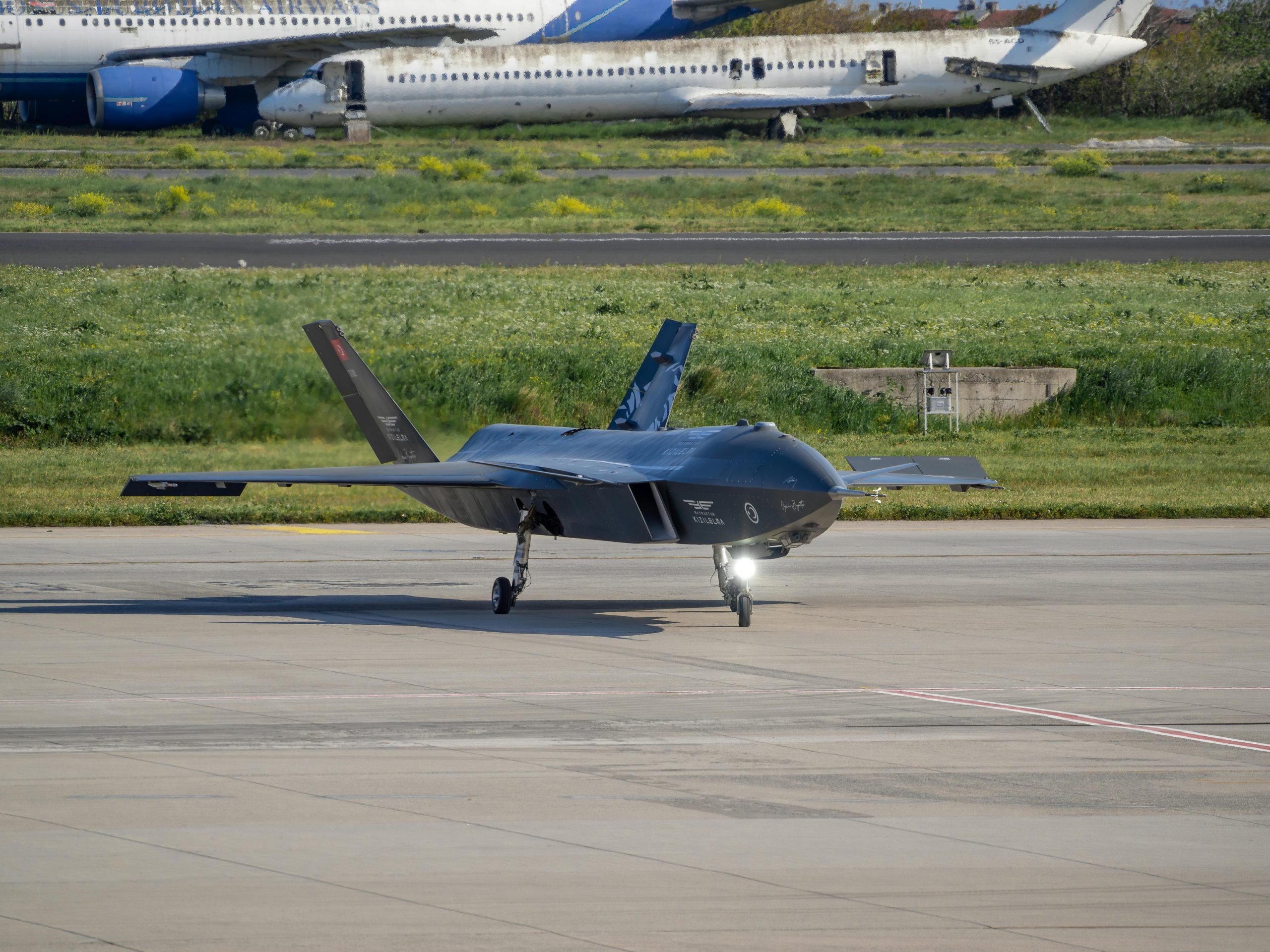Now in almost 2025, Unmanned Aerial Vehicles (UAVs), or drones, are at the forefront of innovation, changing industries like defense, logistics, and agriculture. From delivering medical supplies in remote areas to monitoring environmental changes, drones are designed to take on increasingly complex challenges. Their lightweight, durability, and adaptability makes them ideal tools for modern applications.
But there’s a key aspect of drone development that operates behind the scenes—material testing. This fundamental process directly impacts all the defining characteristics of UAVs, making certain they can meet harsh environments demands, carry heavy payloads, and withstand extreme conditions. Often overlooked, material testing is important in pushing the boundaries of drone design, allowing these machines to evolve and meet the constantly evolving demands of modern technology.
What is Material Testing?
Material testing evaluates materials’ physical, mechanical, and chemical properties to determine their suitability for specific applications. This process involves assessing characteristics such as strength, durability, flexibility, and resistance to different stresses. By subjecting materials to controlled tests, engineers can predict how they will perform under real-world conditions.
Considering UAV design, testing materials is required for selecting materials that can withstand drone operational demands, including exposure to different environmental conditions and mechanical loads. This guarantees that UAVs are constructed with materials that meet performance criteria for their intended use.
Why Material Testing is the Key to UAV Design

When it comes to UAV design, material testing is the invisible force driving innovation and reliability. Drones are expected to perform without error in demanding conditions, from enduring harsh weather to carrying out complex missions with precision. To achieve this, the materials used in their construction must be meticulously tested to verify that they meet the unique requirements of these applications.
Material testing extends beyond simple evaluation; it provides valuable insights into how materials interact with UAV design parameters. For instance, testing helps engineers identify materials that can reduce weight without compromising durability—an integral factor in extending flight range and optimizing payload capacity. Additionally, it guarantees that UAV components like frames and wings maintain integrity during dynamic maneuvers and long operational cycles.
By integrating test results into the design process, manufacturers can refine not only the selection of materials but also the methods of assembly and production. This enables drones to deliver consistent performance across different types of environments and challenges.
Key Material Testing Methods for UAV Components
UAV design and performance heavily rely on precise material testing methods that are adapted to meet the unique requirements of drone components. These testing processes are key to guaranteeing that every element of the UAV meets its intended purpose, whether it’s durability, flexibility, or resistance to environmental stressors.
Below are some of the most popular material testing methods for UAV components.
1. Tensile and Compression Testing
This method assesses the strength and flexibility of materials by applying forces that stretch (tensile) or compress (compression) them. It makes certain that UAV frames, wings, and other structural components can endure both static loads and dynamic stresses during flight.
2. Fatigue and Impact Testing
Fatigue testing examines how materials respond to repeated cycles of stress, simulating the wear and tear UAVs experience through extended use. Impact testing evaluates a material’s ability to withstand sudden shocks, such as rough landings or collisions.
3. Thermal and Environmental Testing
UAVs often operate in extreme climates, requiring materials that handle high temperatures, cold conditions, or sudden temperature fluctuations. Thermal testing measures how materials perform under such variations, while environmental testing exposes materials to conditions like humidity, UV radiation, and corrosive elements.
4. Hardness and Wear Testing
This evaluates materials’ resistance to surface deformation and abrasion so that UAV components like landing gear and rotors can withstand prolonged contact with rough surfaces or repetitive use without degrading.
Importance of Reliable Material Testing Procedures

UAV design requires accurate material testing procedures. Drones are often deployed in critical and high-stakes applications, where even minor material failures can have significant consequences. This makes accurate and trustworthy testing data a necessity for UAV safety and efficiency.
From mechanical stress to environmental exposure, understanding property conditions allows designers to make informed decisions. Without reliable data, material failure risks increase, leading to potential safety hazards, operational inefficiencies, and increased costs.
Material testing equipment plays a critical role as well. Advanced testing systems provide consistency and accuracy in evaluating material properties. Equipment capable of precise tensile, fatigue and environmental testing enables manufacturers to meet industry standards while innovating for the future. An example of this is the use of automated and intelligently controlled testing devices that improve efficiency and reduce human error.
Find the Perfect Tool for UAV Material Testing
 As a company specializing in material testing equipment, we understand the unique demands of industries like UAV development. Drones require lightweight and durable materials, making precise and reliable testing a necessity. Our Class J – Charpy and Izod Automatic Impact Testing System is a leading solution for evaluating plastics and rubber materials used in UAV components.
As a company specializing in material testing equipment, we understand the unique demands of industries like UAV development. Drones require lightweight and durable materials, making precise and reliable testing a necessity. Our Class J – Charpy and Izod Automatic Impact Testing System is a leading solution for evaluating plastics and rubber materials used in UAV components.
This system offers comprehensive testing options, including Charpy, Izod, and tensile impact tests, with energy capacities ranging from 1J to 50J. Its shaftless encoder offers exceptional accuracy, while the touch-screen interface simplifies setup and provides real-time test results. The Class J system’s interchangeable pendulums allow easy transitions between testing methods.
Built with NIST-certified consumables and compliant with international standards like ISO 179 and ASTM D256, the Class J system delivers consistent and accurate results. Compact yet robust, it is ideal for drone manufacturers and researchers aiming to ensure advanced materials’ durability and performance.
Why It’s Unreal to Design Novel UAVs Without Material Testing
Creating groundbreaking UAV designs demands a careful balance of creativity, engineering precision, and material science. Without testing materials, this process would be like navigating uncharted waters without a map. Material testing serves as the foundation for understanding whether innovative ideas can become reliable, functional drones.
Consider high-altitude drones designed for disaster response. These UAVs must operate at temperatures far below freezing while maintaining structural integrity and stability. Without testing, materials selected for these conditions might become brittle and fail, rendering the UAV useless when needed most. Similarly, drones deployed for cargo delivery must endure vibrations, sudden impacts during landings, and prolonged stress under heavy payloads. Reliable material testing ensures these drones are built to last, protecting both valuable goods and the trust of those relying on their services.
The need for testing of materials becomes even more evident in next-generation materials. For instance, advanced carbon fiber composites and nanomaterials hold immense promise for reducing weight and improving performance. However, their performance under repetitive stress or exposure to harsh chemicals must be evaluated rigorously. A UAV developed without validating these properties risks failure, particularly when deployed in industries where precision and reliability are non-negotiable, such as medical supply delivery or military surveillance.
Real-world examples further underscore this importance. Early prototype tests of agricultural drones revealed unexpected material degradation due to high humidity and pesticide residues. Through precise material testing, the design was refined to incorporate coatings that enhanced resistance, increasing the UAV’s longevity and effectiveness in real-world applications.
Material Testing: The Backbone of UAV Innovation
Material testing is undeniably the foundation upon which UAV innovation is built. From understanding materials’ behavior under extreme conditions to verifying compliance with international standards, every aspect of modern UAV design relies on precise and reliable testing. It is this process that transforms ambitious drone concepts into functional, durable, and efficient machines capable of meeting industries worldwide’s ever-evolving demands.
The examples and insights discussed highlight how testing of materials has become an integral part of UAV development. Without proper testing of materials, UAV performance and reliability would remain uncertain, jeopardizing their critical applications in fields such as disaster relief, logistics, and agriculture.
At NextGen Material Testing, we are proud to support this vital industry with our advanced equipment and solutions. Explore our website to discover a comprehensive range of testing systems designed to meet UAV developer’s and manufacturers’ needs, such as our environmental chambers or charpy and izod testing systems. If you have questions or need specific information, don’t hesitate to contact us or request an online quote. We’re here to help you achieve excellence in UAV design and material testing.
